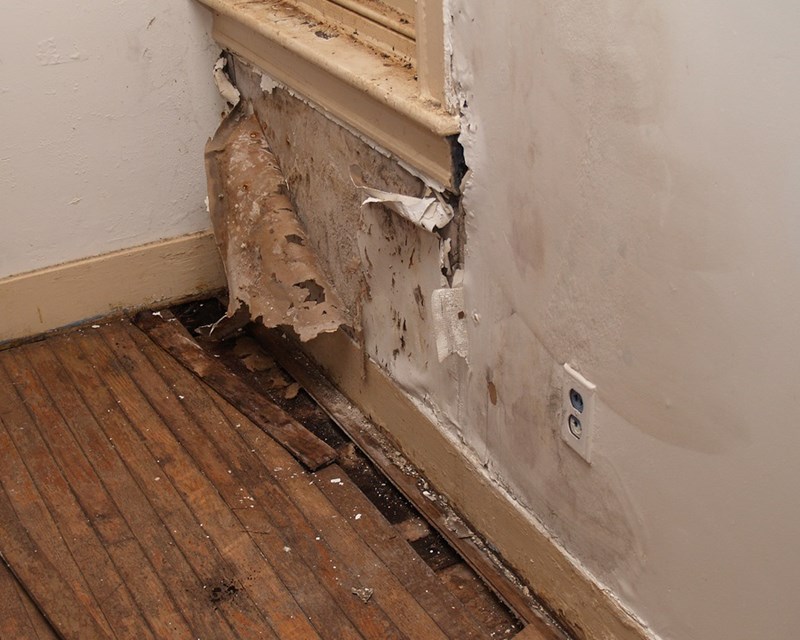Just about every person seems to have their own unique assumption about How to Fix a Water Damage Bathroom.

The bathroom is extremely at risk for wet buildup and also prospective water damage because of the frequent use water in it. This write-up supplies basic assessment methods to assist spotting water damage threats.
The constant use water in the restroom makes it incredibly at risk for wet build-up as well as potential water damage. By inspecting it consistently, you can minimize water related damages.
The adhering to collection of evaluations is easy to do and should be done as soon as in every three months in order to maintain your shower room in good shape and also to avoid potential water problems triggered by the bath tub, the shower, pipeline joints and also plumbing, sinks, cupboards, and the commode
Do not disregard performing these examinations as well as be thorough while doing them. Keep in mind that these straightforward assessments can save you a great deal of money by providing very early indicators for water damage
Bath tub as well as Shower
The shower as well as bathtub call for special attention and also maintenance. Check the floor tiles and change if split. Ensure that there is no missing out on cement between the floor tiles. Examine and change broken caulking at joints where the wall surfaces satisfy the floor or the bath tub. Clogged drains pipes as well as pipelines issues will protect against the bathtub from drying out as well as might suggest serious troubles below the bath tub. Speak with a specialist instantly to stop structural damages. Take note of stainings or soft areas around the bath tub walls as they might indicate an interior leakage.
Plumbing
Signs for water damage are tough to discover given that many pipelines are set up inside the wall surfaces.
Pay special interest to floor covering as well as wall surfaces moisture as well as discolorations as they may suggest an unnoticeable plumbing issue. Examine moisture degrees in adjacent rooms also.
Sinks and Cabinets
Sinks as well as closets are exposed to wetness and also humidity everyday and also are frequently ignored. Evaluate consistently under the sink and on the counter top over it. Fix any drip in the trap as it might suggest drain issues. Check out the sink, slow draining pipes might show a blocked drain. Replace sink seals if they are fractured or loosened.
The Toilet
The bathroom is a prone water joint. Check the water lines and search for leakages around the commode seat, in the hose, and under the water storage tank. If you find any kind of signs of moisture on the floor around the commode, check for leakages in the toilet edge and storage tank seals.
Know that hanging commode bowl deodorants boosts the opportunities for clogs.
Water Damage Signs In The Bathroom To Avoid Cleanup
Musty smell
This is one of the easiest signs to catch because musty smells are so odorous. The damp, earthy, moldy smell should be a big red flag. The smell will develop when moisture gets trapped in surfaces, and begins to facilitate mold growth. Leaking pipes under cabinets, inside walls, and behind shower fixtures will cause moisture to stay trapped and not dry, which will lead to mold growth and spread. As soon as you notice any musty smells in your bathroom, have it checked for hidden water damage and cleanup signs.
Visible mold
If the smell isn’t there to give it away, sometimes you will actually see mold growth. Finding mold in your bathroom is a serious problem, because mold is very harmful to your health. By the time mold growth is visible, it also means that water damage has already occurred and been present for some time. The only way the mold problem can be resolved is to find the source of the moisture and get it stopped. To safely and adequately remove mold, you need to have professionals handle the remediation. Do not waste any time in getting mold problems addressed, fixed, and sanitized so that you can protect you and your family from the many respiratory symptoms caused by mold exposure.
Damaged floors
Bathroom floors should be able to withstand some exposure to water while still remaining in good condition. However, when excess exposure or water leaks occur, they will begin to damage even the most water-resistant flooring. If you notice any cracking, bubbling, staining, or warping on your bathroom floors, there is probably a water leak somewhere causing the distortion. If you notice areas of the floor have become softer, or even have a spongy feeling, there is probably damage to the subfloor. Subflooring is typically made up of plywood. When plywood is exposed to water or moisture, it will absorb it. Once it has become saturated, the weight of the excess water will cause the wood to swell and soften. Check the floors in your bathroom frequently to catch any of these sings before they lead to damaged subflooring.
Changes on walls
When water leaks behind walls, it will cause changes in the drywall. Peeling plaster, blistering paint, and soggy wallpaper are all good indicators that excess water is building up behind the wall. Water leaking behind drywall will cause it to swell and be soft to the tough. If you start to notice gaps along the trim of your walls, or where tile meets the wall, it could also be a strong indicator that there is a leak behind the wall. Any changes, distortion, or damage on the walls should be evaluated as soon as you notice it to prevent further water damage and cleanup.

I came across that content on Preventing Water Damage in the Bathroom while doing a lookup on the internet. You should set aside a second to distribute this post if you liked it. Thank you for your time. Visit us again soon.
Appointment